India’s economy stands on a foundation built by family-owned businesses and MSMEs (Micro, Small, and Medium Enterprises). Family businesses – often spanning generations – include both Own Account Enterprises (OAEs) and Hired Worker Enterprises (HWEs). MSMEs, with their vast numbers and regional spread, distinguish themselves as the principal drivers of employment, manufacturing, and innovation.
Sector Overview, Economic and Performance Review
Recent data show that family-run enterprises, from micro-retail shops to national conglomerates, account for approximately 70% of India’s GDP and employ about 400 million people – 75% of the nation’s workforce. MSMEs, numbering over 6.7 crore, have contributed over 30% to GDP, driven more than 35% of manufacturing output, and made up a major share of India’s exports (exceeding 45%). In 2025, 20.5% of MSMEs are women-led, reflecting improved inclusive participation, while MSMEs provide 18.7% of all formal employment.
This immense volume reflects not just scale but the enterprise diversity: micro-units account for almost 99% of the MSME sector, while formal small and medium businesses provide the greatest potential for quality job creation. Furthermore, most MSMEs operate as family proprietorships or partnerships, underscoring the deep-rooted legacy aspect of the sector.
Mixed Performance Record
Despite their importance, these enterprises present mixed results. Legacy strengths—deep local knowledge, agility in responding to market changes, and robust family ties—help many firms thrive in competitive, volatile landscapes. However, innovation gaps remain: only 25% of family businesses have fully adopted digital tools and automation, falling short compared to global benchmarks. In addition, succession remains a major risk; just 30% of family firms have formalized leadership transitions.
Access to new markets is limited by informality, fragmented supply chains, and the absence of professional management systems. These factors contribute to the paradox: while jobs abound, many firms struggle to grow beyond household clusters or achieve global competitiveness.
Key Challenges
Family businesses and MSMEs confront several enduring problems:
- Leadership and succession: Without structured transition planning, generational shifts often cause disruption and loss of institutional knowledge.
- Professional management: Lack of formal business practices, data-driven decision-making, and skilled HR limits growth, particularly for MSMEs seeking to scale.
- Capital and credit access: There is a persistent credit gap of more than ₹30 lakh crore ($360 billion), limiting expansion particularly among women-owned and service sector enterprises.
- Ability to scale: Most businesses are micro in scale and remain stuck in local or semi-urban clusters, lacking the financial and managerial capital to expand internationally.
What Top Family Firms Do Differently
Leading family firms set themselves apart through robust governance structures, openness to professionalization (hiring non-family experts), and systematic adoption of technology. They benchmark against global best practices – like Tata and Reliance’s adoption of digital tools and renewable energy pivots—and formalize their succession and reporting strategies. This enables greater resilience, adaptability, and long-term growth.
MSMEs at a Glance
MSMEs are critical engines for growth in semi-urban and rural India. Digital transformation is rapidly changing their business models: UPI, smartphones, and social commerce have increased sales and improved access to customers outside local markets. Women-led businesses, too, have benefited from digital finance and sector-specific support, facilitating higher participation rates and greater financial independence.
Opportunities for the Future
Growth strategies for enhanced competitiveness include:
- Accelerating digitalization: Digital sales, online platforms, and data analytics empower MSMEs to transcend geographic boundaries.
- Fostering women’s entrepreneurship: Targeted policies and digital lending have led to a surge in women-led enterprises, currently representing over 20% of MSMEs.
- Diversification: MSMEs are expanding into new sectors such as deep tech, renewable energy, and advanced manufacturing, supported by both private investment and government initiatives.
Unlocking Growth: Participatory Finance
Participatory finance has emerged as a game-changing solution. Unlike traditional loans, which demand fixed repayments regardless of business cycles, participatory finance aligns repayment obligations with actual revenues or profits. This flexibility reduces default risk and supports genuine business growth, especially for businesses with fluctuating incomes.
Core Features of New Finance
Innovative finance structures include:
- Hybrid models: Combining revenue sharing, term loans, and equity investments.
- Automated repayments: Technology integration allows direct linking of sales data via UPI, enabling real-time tracking and reduced administrative burden.
- Transparency and reporting: Digital platforms ensure lenders and entrepreneurs both see clear financial flows, boosting trust and creditworthiness.
Impact Potential: Bridging the Credit Gap
Through participatory finance and digitalization, MSMEs reduce reliance on collateral-based loans, enable non-dilutive capital inflows, and build financial resilience. This addresses the ₹30 lakh crore credit gap and sets the stage for sustainable and inclusive growth at the grassroots.
Case Study: The Wee Cee Fund Pilot
The Wee Cee Fund Pilot, supported by IIMA Ventures, demonstrated the power of participatory finance. By leveraging UPI-based transparency and hybrid loan models, thousands of OAEs and HWEs accessed larger loans, minimizing repayment stress and improving business discipline. Lenders achieved positive IRR (18% annual over three years), while entrepreneurs improved stability and growth, showcasing a scalable win-win approach.
Win-Win for All Stakeholders
Entrepreneurs benefit from flexible capital, retention of ownership, and growth opportunity without fear of default. Lenders get enhanced transparency, disciplined repayments, and attractive financial returns – forming a foundation for scalable financial inclusion.
The Road Ahead
India’s family businesses and MSMEs must embrace professionalization, digital transformation, and participatory finance. Government, institutional, and digital platforms must converge to enable easier access to capital, targeted policy incentives, and modern business support. Blending traditional practices with new financial models will deliver robust, inclusive economic growth – fueling prosperity for millions at every level of Indian society.
Key Takeaways & Discussion
Professionalization, digital innovation, and advanced financing will shape the future competitiveness of Indian MSMEs and family enterprises. Policymakers, financiers, and entrepreneurs must work collaboratively to accelerate these trends and drive inclusive, sustainable growth for the next generation.

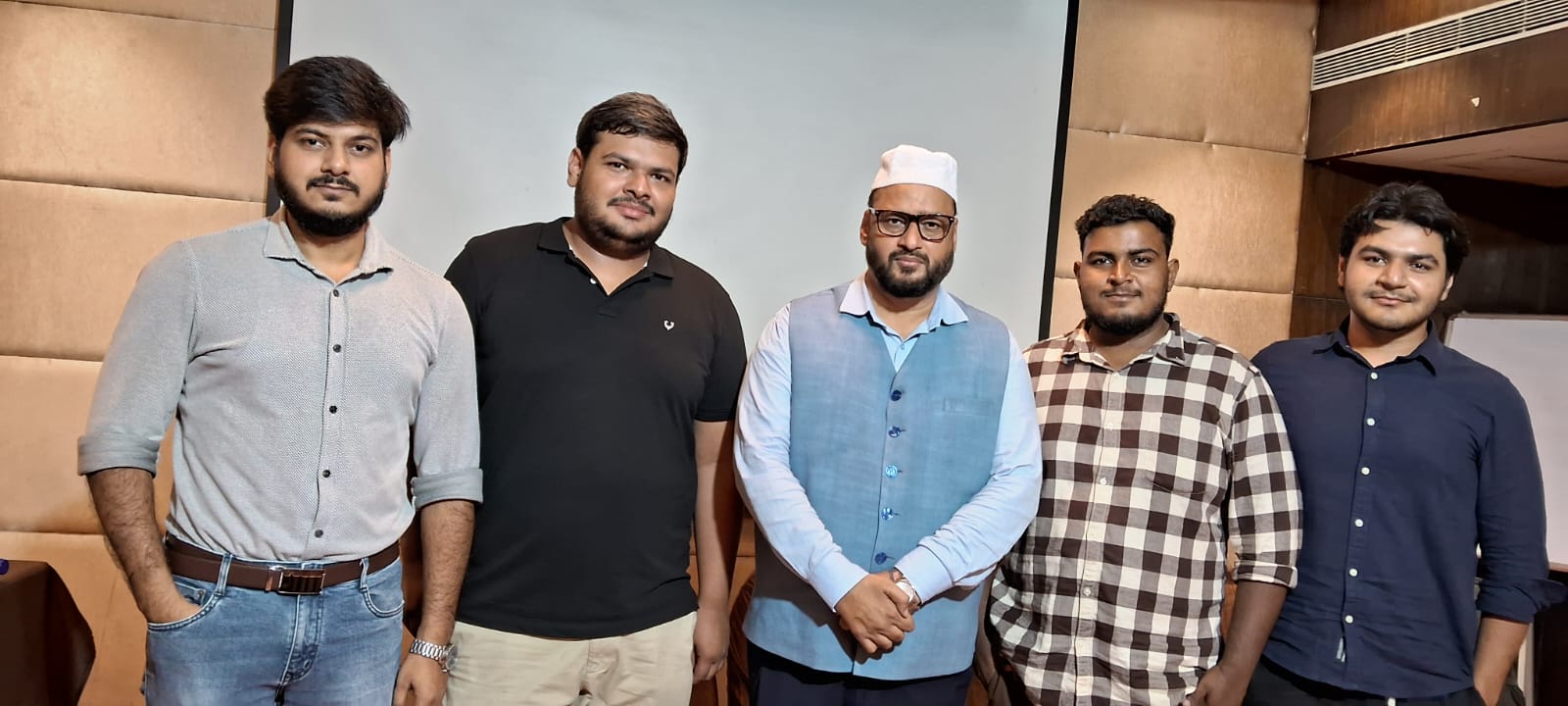
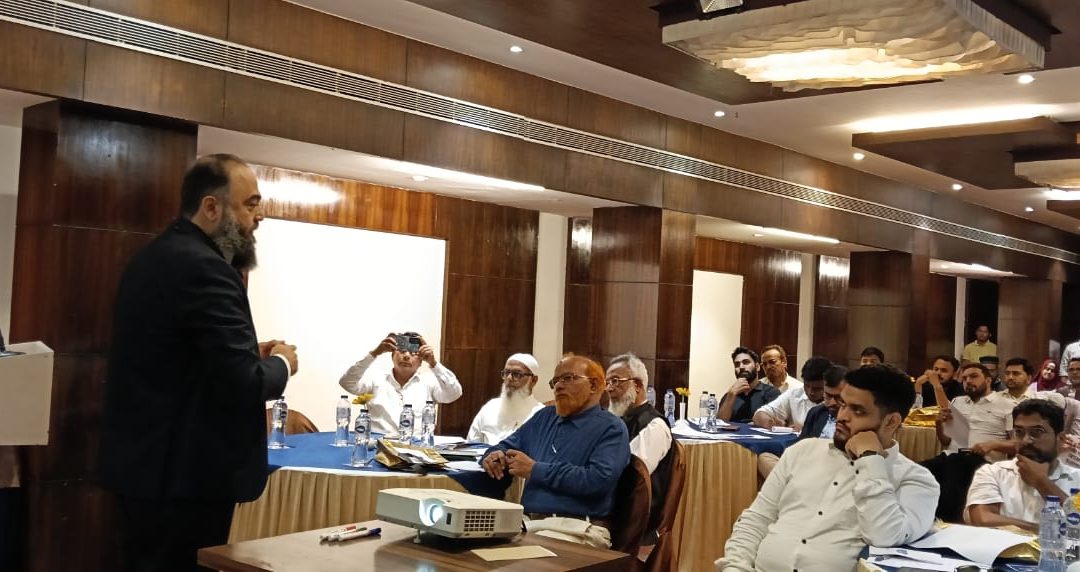
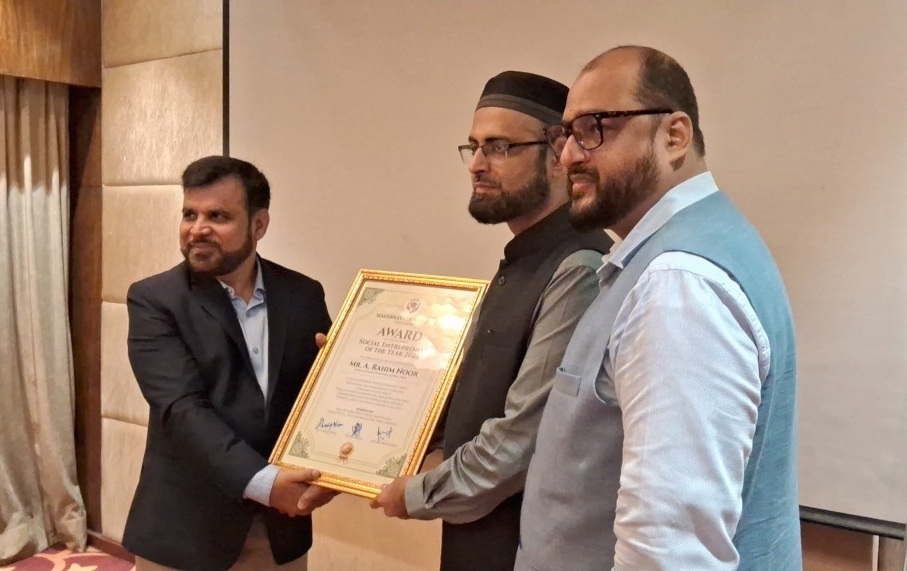
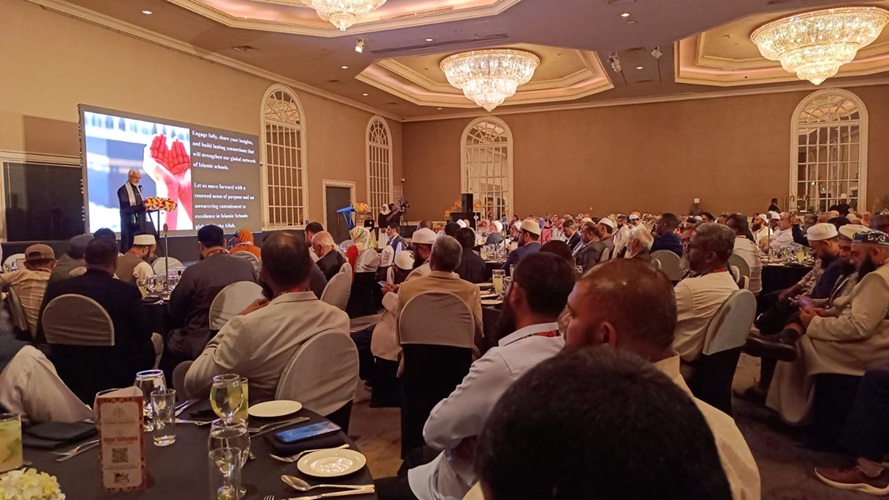
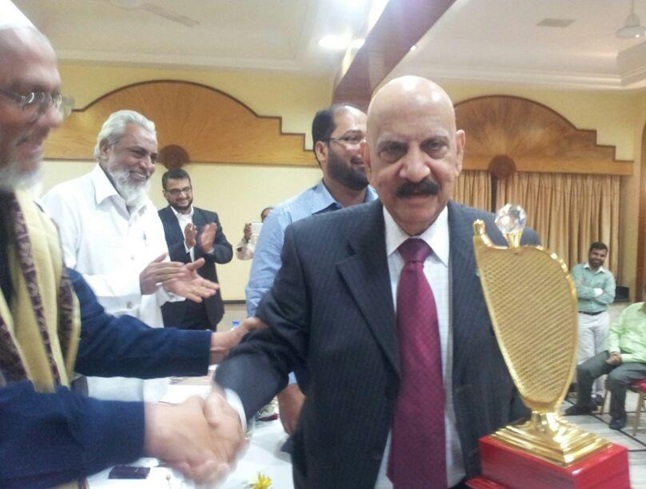
0 Comments